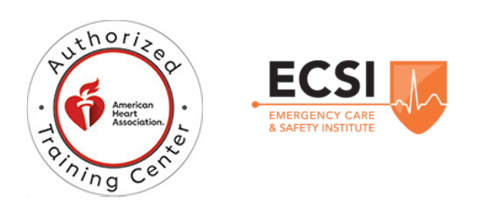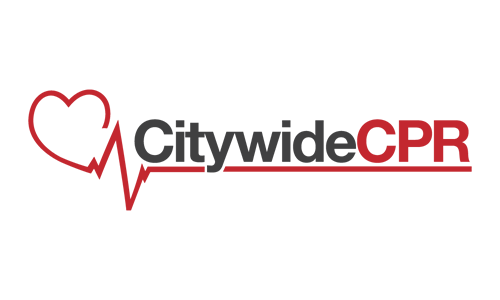Life can change in just a span of mere moments. Vigilance is important for these instances of urgency. When an accident takes place, people need to reach for their phones immediately and call out for help as quickly as possible. Failure to do so yet again in that scenario could wind up costing someone their shot at clinging on to life. It seems awful cruel for life to be so fragile that it can be lost within a matter of moments, but that is the reality of existence. It is a reality that cannot be changed, but it is still a reality that can be acted upon. When life hangs in the balance, every second counts and in those precious moments the act of CPR can truly save a life.
Heart disease has long been one of the leading killers the world over. Given the way people eat now, that does not figure to change any time soon. Fast food favorites are flavorful but they also pack quite the fat content. Those unfriendly inhabitants of the body can clog up arteries and be the reason for a heart attack. Along with the unhealthy diet, people are also getting less exercise these days. This unhealthy combination can lead easily to heart disease and the subsequent heart attack. This is the very reason for why CPR training is so essential. The odds of a heart attack taking place when there are no medical professionals readily available are all too great for certain people and having knowledge of CPR can be very useful in this scenario.
CPR or cardiopulmonary resuscitation is designed to keep the most important functions of the brain going. In those immediate instances following a heart attack when the blood begins to stagnate, CPR effectively gives the blood a little boost and sends enough of it to the vital parts of the body to keep it alive long enough to receive the necessary medical attention. CPR manages to send just enough oxygenated blood to the heart and brain so that it does not stop functioning altogether. The moments immediately following a heart attack are incredibly important and the administering of CPR may be the only hope a person has of staying alive.
CPR training basically involves learning to do a few simple things the right way. The first is the correct determination of the breathing pattern. By being able to correctly tell whether the breathing is labored or abnormal, a person can then quickly begin the process of providing CPR. The second thing people need to learn is how to pump the chest properly. It must be done rapidly to get the blood going preferably at a rate of about a 100 pumps per minute. The last thing people need to learn is how to properly breathe into the individual suffering from a heart attack. This involves lifting up the chin and then delivering a breath into the body strong enough to raise the chest. If the steps are done properly, then a life that seemed doomed to perish may still be salvaged.
One of the most reliable providers of CPR training and certification programs is Citywide CPR. Citywide also provides AED management program for those who would like to have such in place.





